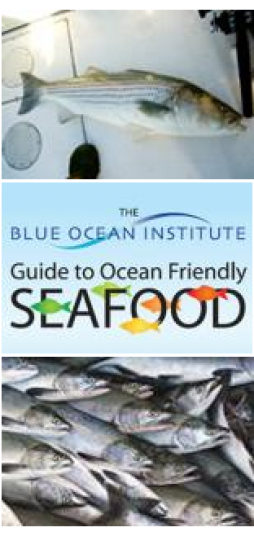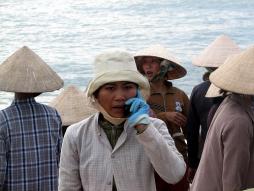fishphone
Posted by KatrinVerclas on Apr 22, 2009
Sensing is just one way in which mobiles are used in environmental protection. Another promising area is wildlife protection in sensitive areas where humans and animals collide, often to the detriment of protected animals. In the Laikipia District in Kenya, the University of Cambridge conducted a project using mobile phones to protect and manage Kenya's second largest elephant population, and the ecosystem they inhabit. The goal was to alleviate human-elephant conflict between local farmers and the protected elephants. The project used mobile phones for early warning of elephants approaching farmland by using 'push-to-talk' technologies, and GPS/GSM collars for the elephants, allowing wildlife personnel to intervene before elephant became a danger to farmers and vice versa.
Posted by KatrinVerclas on Jan 29, 2008
We are occasionally commissioned to write introductory articles about the mobile revolution and implications for NGOs for various publications. Here is one broad overview of some areas where mobiles are deployed in civil society.
Cellphones have become the most ubiquitous communication device in the hands of human beings. There are an estimated 3.5 billion mobile phones in use and there is coverage in even remote corners of the world. Cellphones have revolutionized not just the way we work and organize within cultures and societies, but have the potential to change how NGOs (non-governmental organizatios) operate.
Mobile phones are already experimentally used in multiple ways by NGOs. We at MobileActive.org have been tracking how organizations in areas such as health and disease prevention, economic development, humanitarian relief, democratic participation, and advocacy are using mobile phones to make their work more effective and efficient.
Following are a few examples of what we have seen and where we think mobile phones have potential to be used more strategically by NGOs.


